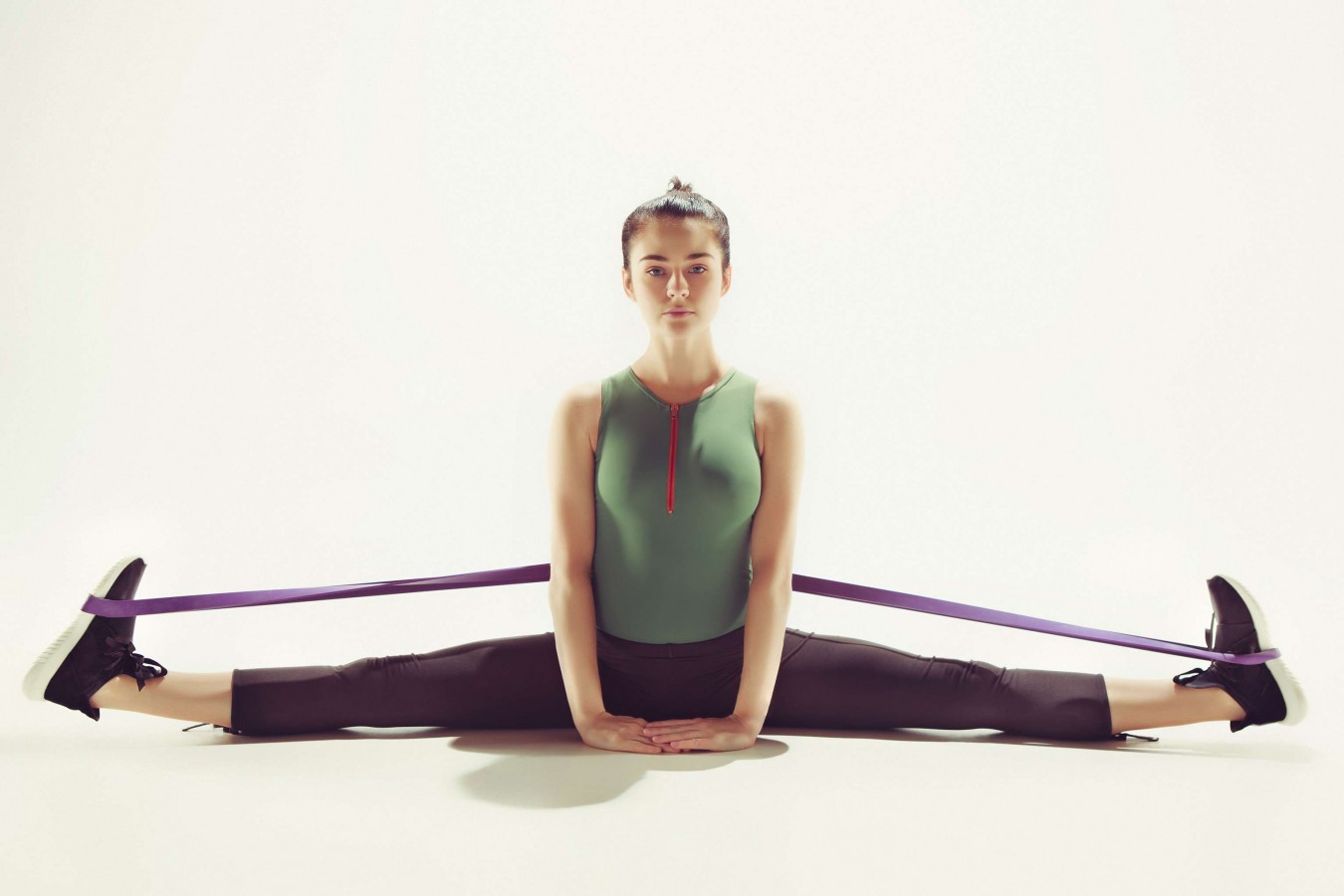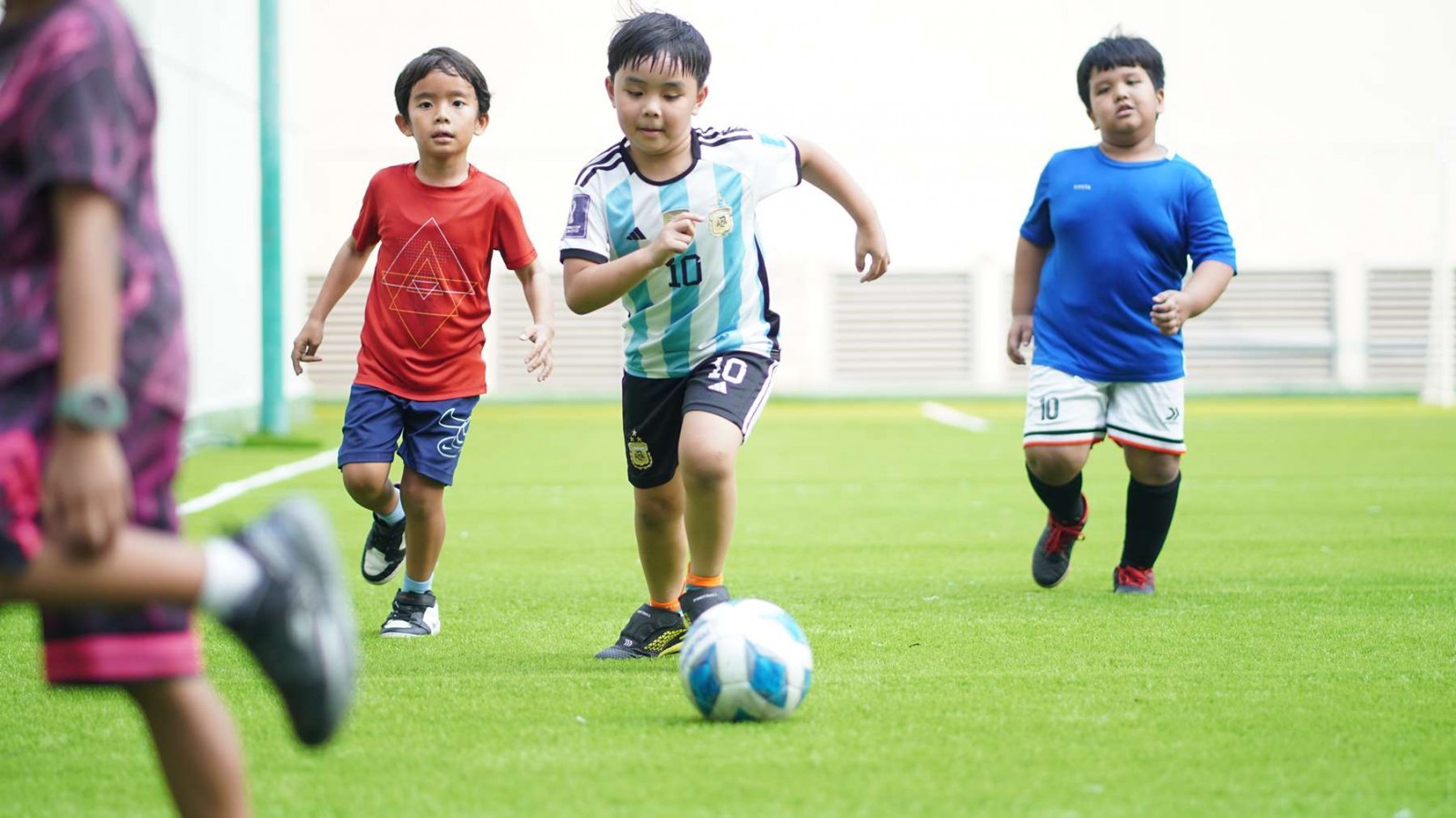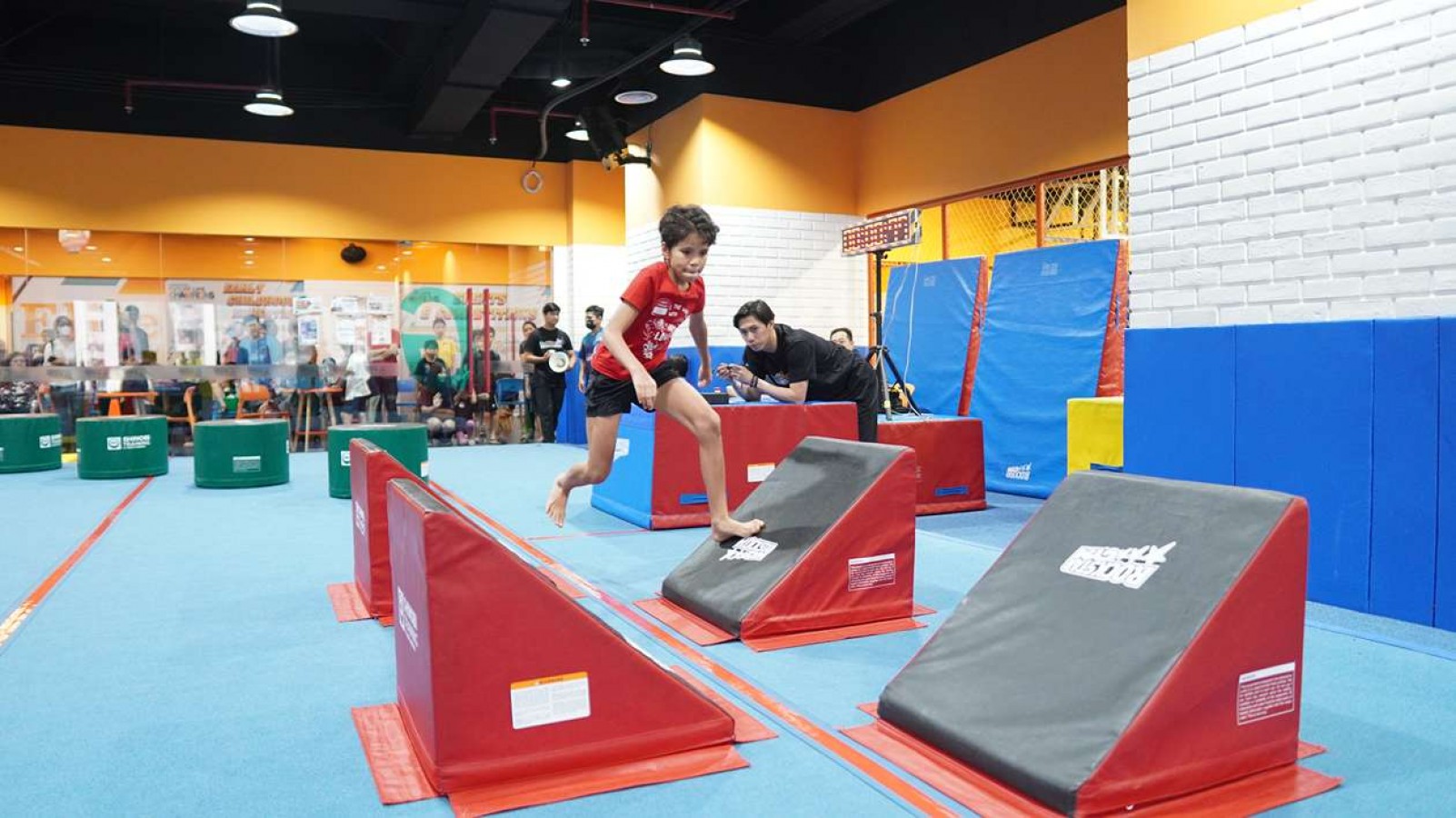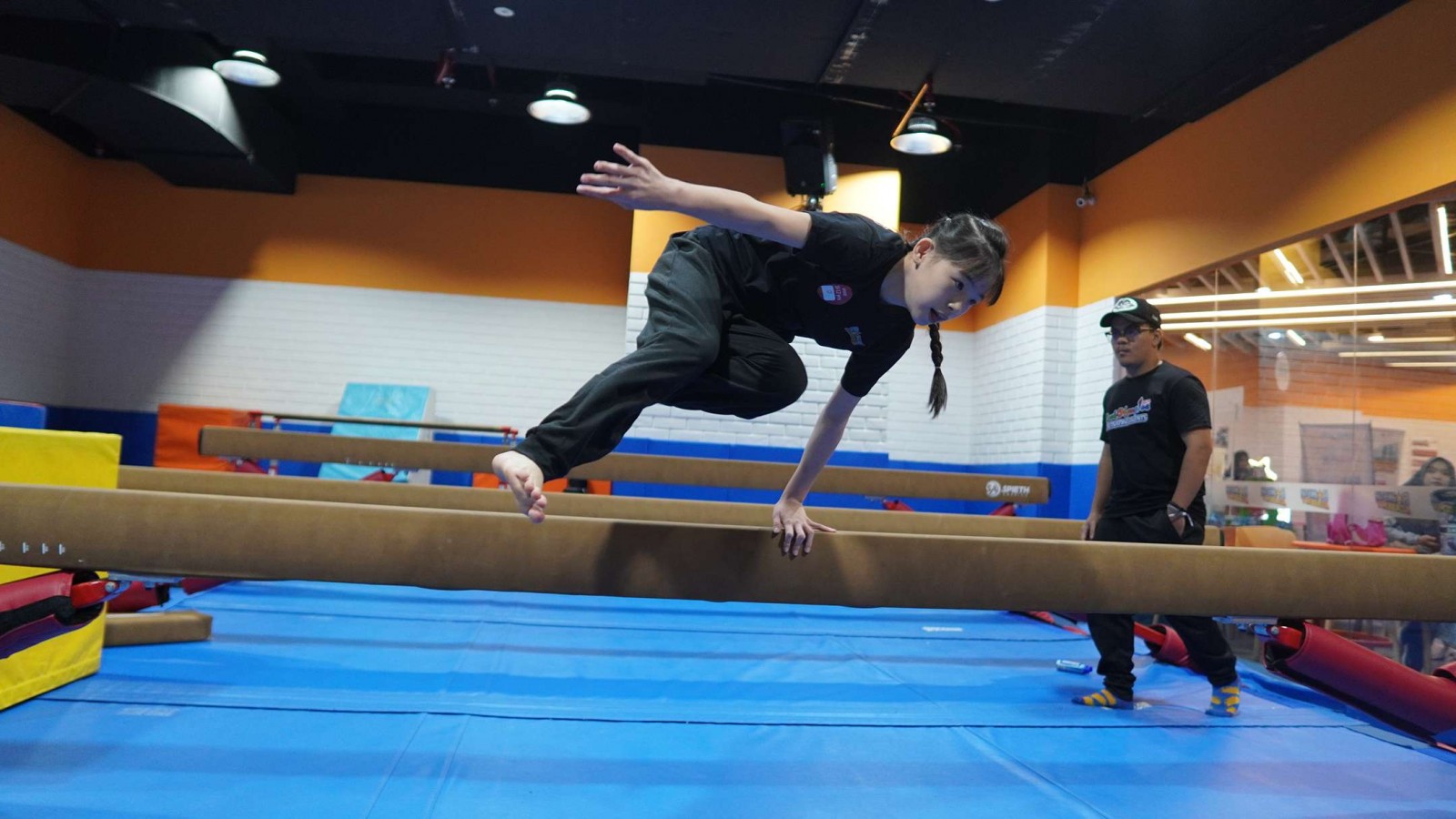The Importance of Flexibility in Gymnastics

Flexibility is not just a desirable attribute in gymnastics, it's a fundamental requirement. It takes regular practice for the body to become highly flexible. One of the small things to make the body more flexible is to apply stretching every day.
In this comprehensive guide, we'll explore what flexibility means in the context of gymnastics, why it is crucial for gymnasts, and how to enhance flexibility through stretching and other exercises.
What is Flexibility in Gymnastics?
In gymnastics, flexibility refers to the ability of the body's joints and muscles to move through a full range of motion without restriction or discomfort. It encompasses various aspects, including joint mobility, muscle elasticity, and suppleness. Flexibility is essential for executing gymnastics skills with precision, grace, and efficiency.
To achieve this flexibility is not easy, it is recommended to be taught from childhood. It also requires sufficient practice. If parents feel that the child has a talent in whatever it is, it is good to be given support.
Rockstar Academy will help parents to develop their children's talents. Not only gymnastics, Rockstar also has other Sports & Performing Arts Academy. Of course, with experienced mentors.
Why is Flexibility Important in Gymnastics?
Gymnastics requires soft and fluid movements, and a flexible body is needed for these movements to be perfect. Especially in a gymnastics competition where each athlete has a different level of flexibility. Here are some important reasons why flexibility is important in gymnastics:
1. Skill Execution
Many gymnastics skills require extensive flexibility to perform correctly. Whether it's a split leap, backbend, or handstand, flexible joints and muscles enable gymnasts to achieve proper form and technique.
2. Injury Prevention
Adequate flexibility reduces the risk of injuries by enhancing the body's ability to absorb impact and adapt to stress. Flexible muscles and joints are less susceptible to strains, sprains, and overuse injuries commonly associated with gymnastics.
3. Range of Motion
Greater flexibility allows gymnasts to achieve a broader range of motion in their movements, enabling them to execute more complex skills and routines with fluidity and control.
4. Performance Enhancement
Improved flexibility can lead to better overall performance in gymnastics, as it enables gymnasts to move more freely, with increased agility, balance, and coordination.
How to Improve Flexibility in Gymnastics
Enhancing flexibility requires consistent effort and dedication. Incorporating stretching and conditioning exercises into your training regimen can help increase flexibility over time. Here are some effective methods to improve flexibility for gymnastics:
A. Dynamic Stretching
Dynamic stretching involves moving the body through a series of controlled, fluid movements that mimic the actions performed during gymnastics. Examples include leg swings, arm circles, and torso twists. Dynamic stretching helps improve flexibility while warming up the muscles and increasing blood flow.
B. Static Stretching
Static stretching involves holding a stretch position for an extended period, typically 15-30 seconds, to lengthen and relax the muscles. Focus on stretching the major muscle groups used in gymnastics, such as the hamstrings, quadriceps, hip flexors, shoulders, and back. Hold each stretch at a point of mild discomfort, but not pain, and avoid bouncing or jerking movements.
C. PNF Stretching
Proprioceptive Neuromuscular Facilitation (PNF) stretching is an advanced technique that involves contracting and relaxing the muscles while stretching to enhance flexibility. Partner-assisted PNF stretches are commonly used in gymnastics to target specific muscle groups and improve range of motion.
D. Foam Rolling
Foam rolling, also known as self-myofascial release, involves using a foam roller to apply pressure to tight or knotted areas of the body. Foam rolling helps release tension in the muscles and improve flexibility by breaking up adhesions in the fascia, the connective tissue surrounding the muscles.
E. Yoga and Pilates
Yoga and Pilates are excellent complementary practices for gymnasts looking to improve flexibility, strength, and body awareness. These disciplines focus on controlled movements, breathwork, and alignment, which can enhance flexibility and prevent injuries in gymnastics.
Improve Your Kids Flexibility Since Childhood!
Flexibility is the key to doing gymnastics. Achieving that flexibility requires discipline, practice, intention and dedication. At Rockstar Academy, we understand the importance of flexibility in gymnastics and provide comprehensive training programs designed to enhance flexibility, strength, and technique in a supportive and encouraging environment.
Our experienced coaches are committed to helping gymnasts of all ages and skill levels reach their full potential and achieve their goals. Additionally your children can also try Rockstar Academy's free trial classes beforehand!
Gymnastics classes at Rockstar follow a leveling system designed for ages 6 months to 18 years old, starting from the Crawler level up to Elite Gym. Additionally, Rockstar employs the USA Gymnastics curriculum for its classes. For inquiries, you can contact Rockstar Academy directly through its website or via email.
FAQ
Why is flexibility important for gymnastics?
Flexibility is crucial in gymnastics because it allows gymnasts to perform various skills with greater ease and efficiency. It helps prevent injuries and enables gymnasts to achieve more difficult and aesthetically pleasing movements.
How often should gymnasts work on their flexibility?
Ideally, gymnasts should incorporate flexibility training into their daily routines. Consistent practice, even for short durations, can lead to significant improvements over time.
What are some key areas of the body that gymnasts should focus on for flexibility?
Gymnasts should prioritize flexibility in areas such as the shoulders, back, hips, hamstrings, and ankles. These areas are essential for executing gymnastics skills safely and effectively.
What are some effective flexibility exercises for gymnasts?
Some effective flexibility exercises include dynamic stretches, static stretches, and proprioceptive neuromuscular facilitation (PNF) techniques. Examples include leg swings, split stretches, backbends, and shoulder stretches.
Is it possible to become too flexible as a gymnast?
While flexibility is important, excessive flexibility without proper strength can lead to instability and increased risk of injury. Therefore, it's essential for gymnasts to maintain a balance between flexibility and strength training.



